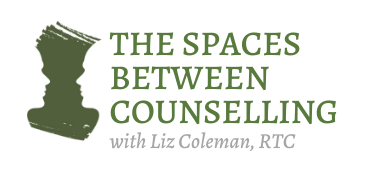In order to understand Complex PTSD, let’s first talk about PTSD or Post- Traumatic Stress Disorder, which you have probably heard of.
Post-Traumatic Stress Disorder PTSD is a mental illness or disorder caused or triggered by some kind of shocking or terrifying event. The disorder is often seen in veterans, in those who have survived natural disasters, and those who have witnessed some kind of brutal event.
Worldwide, the incidence of PTSD is estimated to be about 3.9% of the general population (Koenen, 2017). The current Diagnostic and Statistical Manual of Mental Disorders (DSM-5) calls it Posttraumatic Stress Disorder. The DSM-5 is an important go-to reference publication that helps mental health professionals diagnose and treat illness.
Since the 1970’s, PTSD has had the name, PTSD. However, the disorder existed long before it had a clinical name. The 1952 edition of DSM-1 referred to PTSD as Gross Stress Reaction. During and after World War I, we called it “shell shock.”
Complex PTSD
Complex PTSD (C-PTSD) is very similar to PTSD with two important exceptions. C-PTSD is not listed in the current DSM-5, although many professionals believe it should appear in the next updated version. Some professionals believe that C- PTSD is separate and distinct from PTSD, and others view C-PTSD more as just a variation of PTSD.
And C-PTSD is not triggered by one terrible event, like surviving a house fire, but by long-term exposure to many traumatic events or a pattern of repeated trauma, such as long-term child abuse.
What PTSD and C-PTSD have in common
Nevertheless, if we assume that C-PTSD will come to be accepted everywhere by the mental health community, let’s take a look at what the two disorders share.
Symptoms
Symptoms of the two disorders are similar. The DSM-5 has a checklist for professionals to use in diagnosis. Typical symptoms include nightmares, intrusive memories of the traumatic event(s) called flashbacks, stress, depression, self- loathing, feelings of helplessness and hopelessness, difficulty sleeping, hyper-arousal, such as being easy to startle and easy to anger, irritability, and difficulty with both relationships and working life.
Both PTSD and C-PTSD don’t necessarily happen immediately after the event(s) either. The disorders can manifest themselves many years after the event(s). And not everyone who experiences something traumatic develops a stress disorder.
It’s worth talking about C-PTSD because the term is used more and more, and C- PTSD has been proposed by the World Health Organization (WHO) to be included in the next version of the DSM (Giourou, 2018).
References
Koenen, K C et al. “Posttraumatic stress disorder in the World Mental Health Surveys.” Psychological medicine vol. 47,13 (2017): 2260-2274. doi:10.1017/S0033291717000708
Giourou, Evangelia et al. “Complex posttraumatic stress disorder: The need to consolidate a distinct clinical syndrome or to reevaluate features of psychiatric disorders following interpersonal trauma?.” World journal of psychiatry vol. 8,1 12-19. 22 Mar. 2018, doi:10.5498/wjp.v8.i1.12
Liz Coleman, RTC, is a Registered Therapeutic Counsellor based in Surrey, BC. She specializes in anxiety, anger, insecurity, and relationship problems. If you have any questions about this article or would like to schedule an appointment, please call Ms. Coleman at (604) 809-8947 or use the convenient form on her Contact page.

